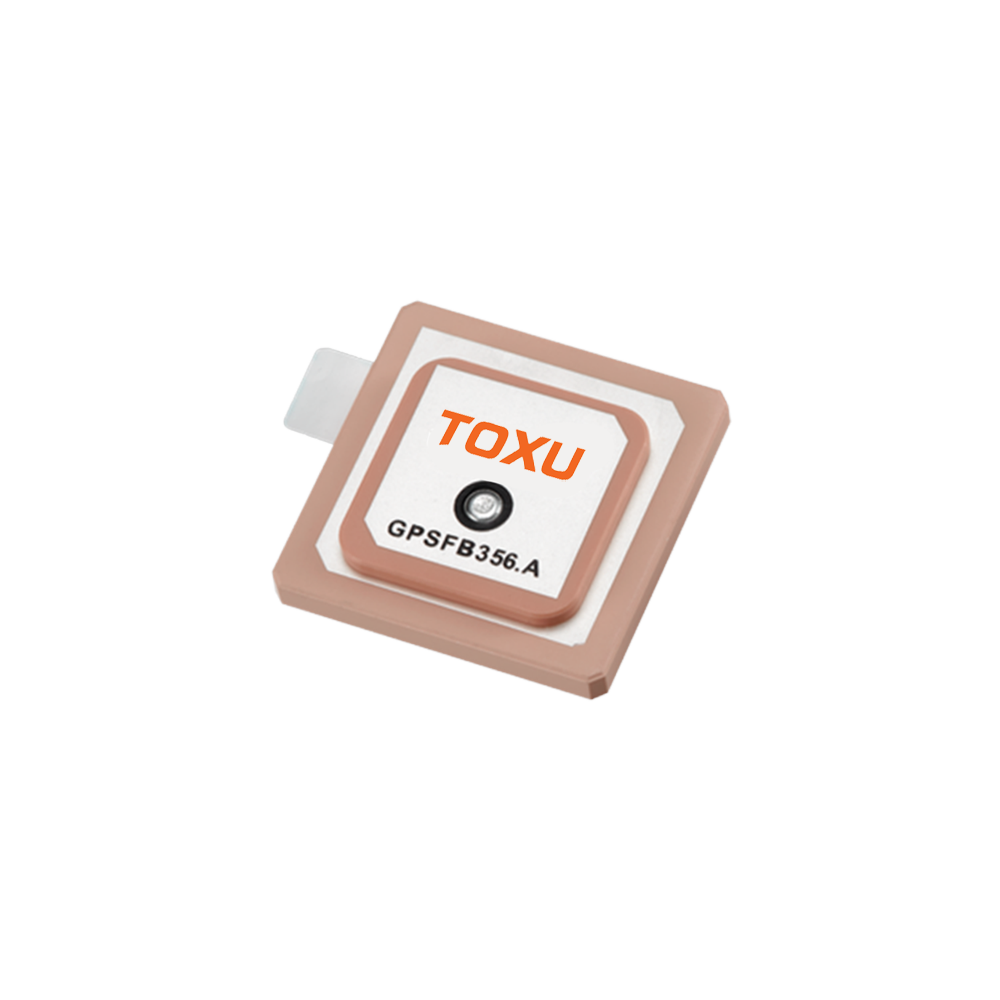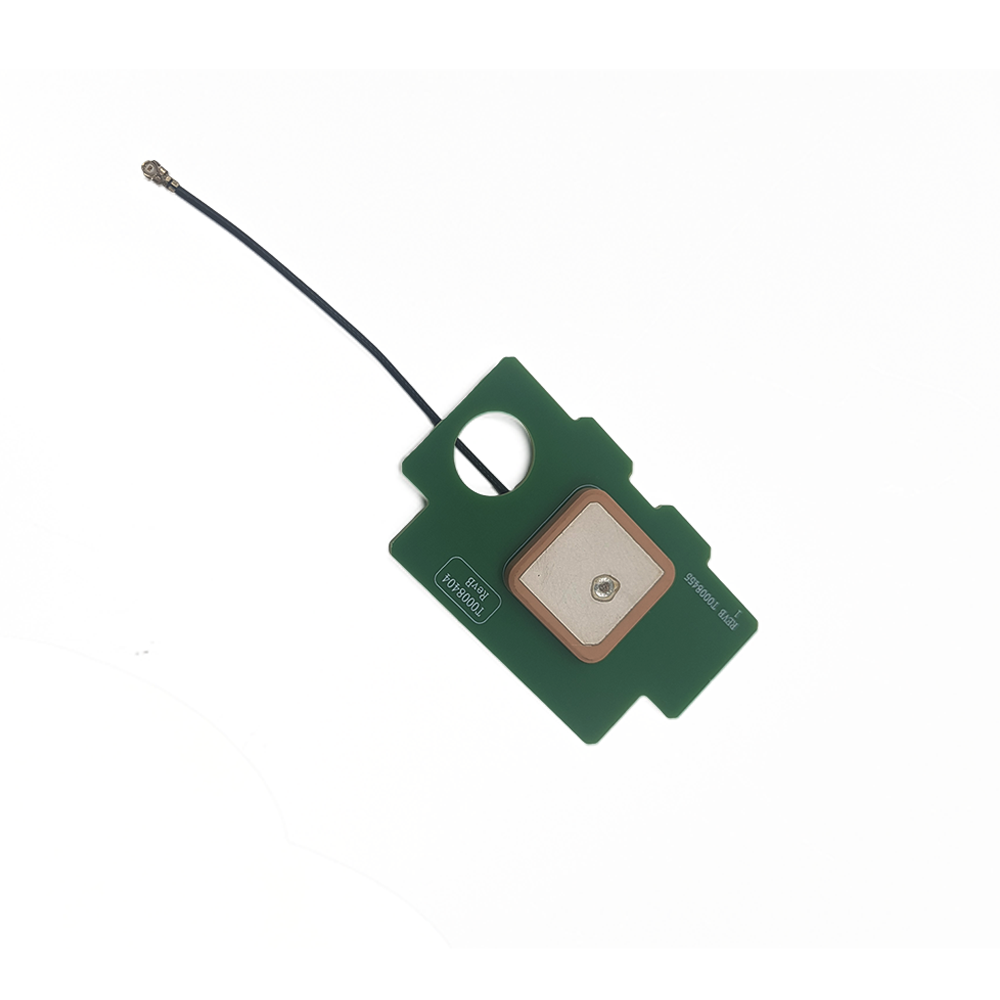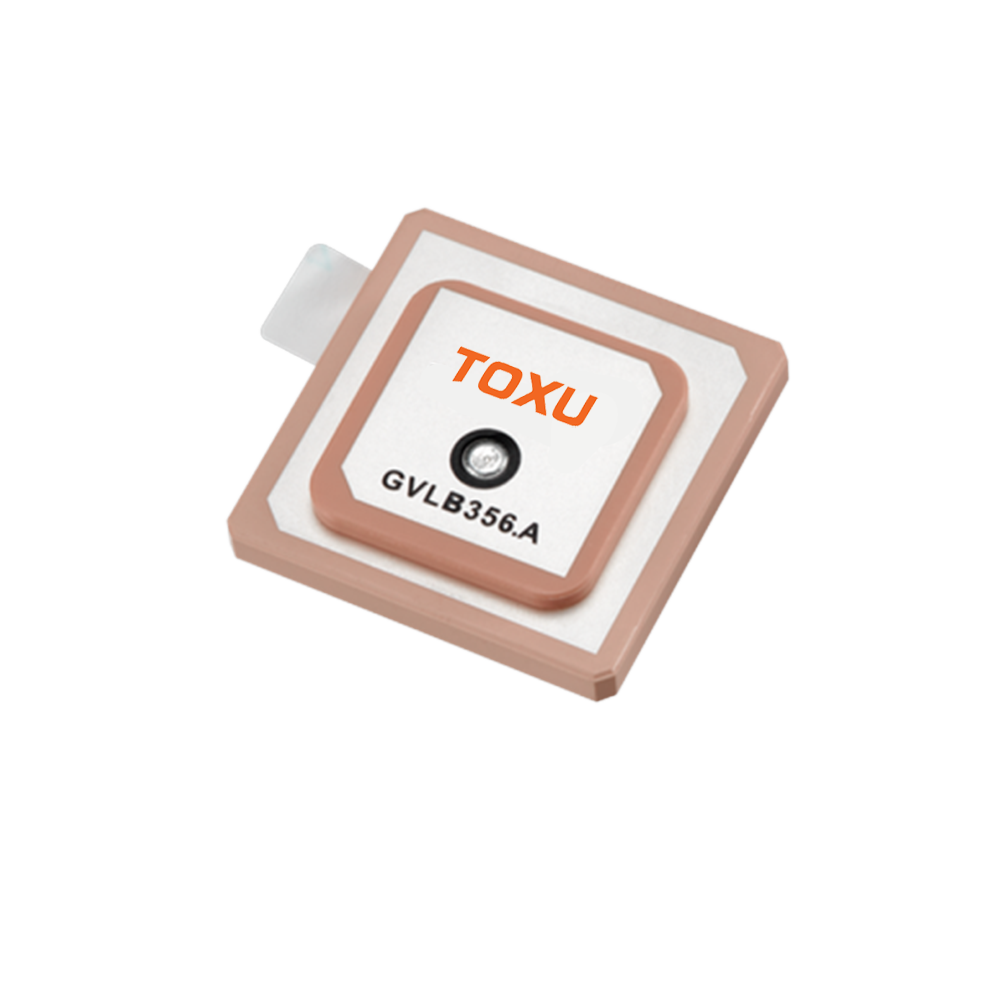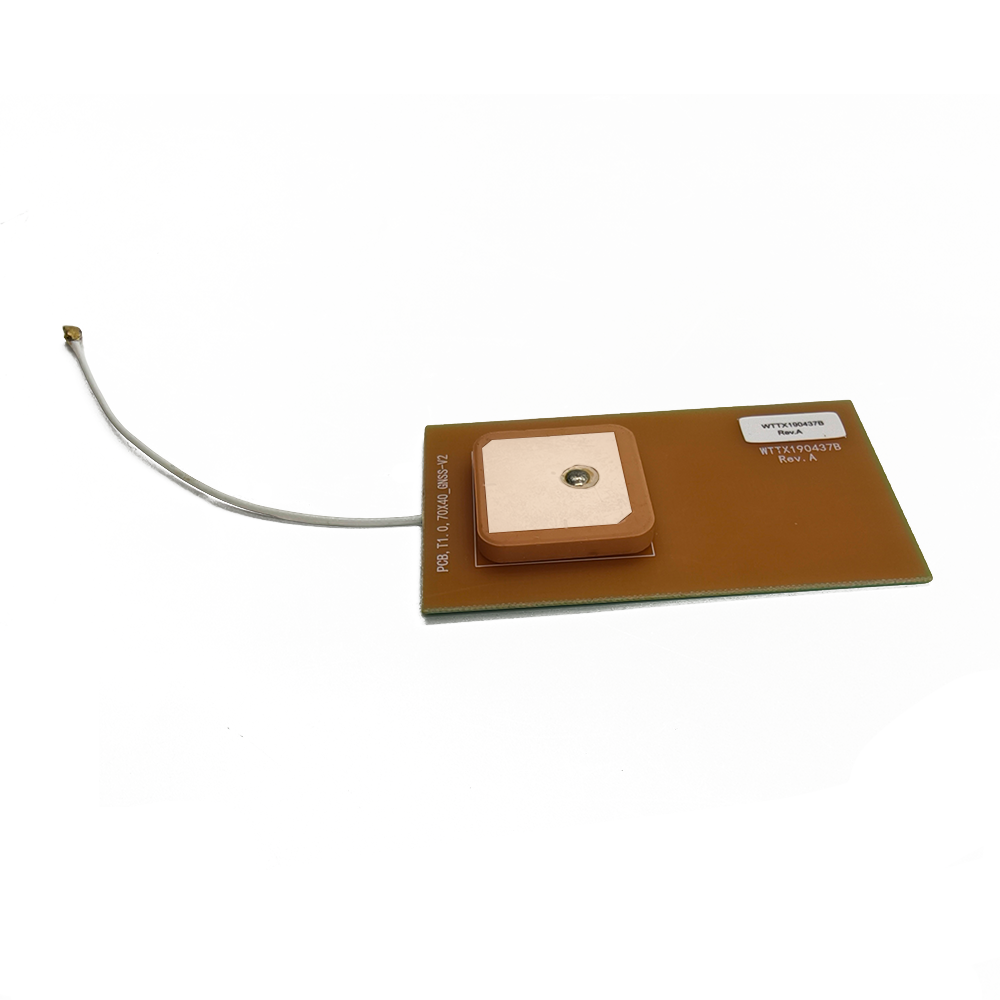The integrated ceramic patch antenna is the enabling technology for GPS in a staggering array of consumer and commercial applications. Its low cost and small size have made location-awareness a standard feature rather than a luxury.
Applications:
Smartphones and Tablets: The quintessential application. It enables mapping, navigation, location-based services, geotagging, and fitness tracking for billions of users.
Wearable Technology: Fitness trackers, smartwatches, and personal locator beacons rely on tiny ceramic patches to provide location data without burdening the user with a large device.
Drones and UAVs: Consumer and prosumer drones use these antennas for basic navigation, return-to-home functions, and, when coupled with more advanced receivers, for rudimentary positioning holds.
Asset Tracking and IoT: GPS trackers for vehicles, containers, and valuable assets almost universally use integrated ceramic antennas due to their low cost, durability, and ability to be sealed inside a waterproof enclosure.
In-Vehicle Telematics and Navigation Systems: Many personal navigation devices (PNDs) and embedded car systems use ceramic patch antennas mounted behind the dashboard or under the roof lining.
Consumer Electronics: Cameras, handheld gaming devices, and even some laptops incorporate them for location services.
Future Trends:
Multi-Band and Multi-Antenna Systems: To improve accuracy and robustness, future devices will incorporate more advanced ceramic patches capable of receiving multiple GNSS bands (L1, L5). Furthermore, systems using multiple GPS antennas for directional heading (antenna arrays) will trickle down from high-end to consumer applications.
Hybrid and AI-Driven Performance Enhancement: Location will increasingly be determined by sensor fusion. Ceramic GPS data will be combined with data from inertial measurement units (IMUs), WiFi fingerprinting, cellular triangulation, and even camera data. AI algorithms will be used to correct for GPS errors and fill in gaps during signal outages.
Improved Isolation and Materials: Research into new ceramic compositions with even higher dielectric constants and lower loss tangents will enable further miniaturization. Techniques to better isolate the antenna from the user, such as using parasitic elements or more sophisticated adaptive tuning, will continue to evolve.
Tighter Integration with Chipsets: The line between the antenna and the receiver will blur. We will see more co-designed systems where the antenna, LNA, and receiver IC are optimized as a single unit, with the receiver chip incorporating more advanced calibration and correction algorithms specifically for the integrated antenna's behavior.
The "Antenna as a Sensor": Beyond just receiving GPS, the antenna's properties that change when near the human body could be used as a proximity sensor, adding another contextual data point for the device.
6. Conclusion: The Imperfect Indispensability
The integrated GPS ceramic patch antenna is a masterpiece of engineering compromise. It is not the highest-performing antenna available, but it is almost certainly the most important. Its revolutionary impact lies not in its individual technical specifications, but in its ability to be manufactured at scale, at minimal cost, and integrated into the fabric of our everyday devices.
It represents the democratization of satellite navigation. By solving the problems of size, cost, and assembly, it transformed GPS from a specialized tool for pilots and surveyors into a universal utility accessible to everyone. It is the technological bridge that brought the power of a multi-billion-dollar space-based system into the palm of our hands.
Its limitations are well-known to engineers: its susceptibility to its environment, its performance trade-offs, and its constant battle against detuning. Yet, these are accepted as the price of ubiquity. The future of this technology is not about making it perfect, but about making it smarter. Through advanced materials, sophisticated electronic compensation, and intelligent sensor fusion, the humble ceramic patch will continue to evolve, providing the foundational layer of location data upon which the next generation of context-aware applications will be built. It is a testament to the idea that the most transformative technologies are often those that are small, cheap, and hidden in plain sight, quietly enabling the connected world we live in.




































































 Language
Language
 En
En Cn
Cn Korean
Korean

 Home >
Home > 








 18665803017 (Macro)
18665803017 (Macro)













